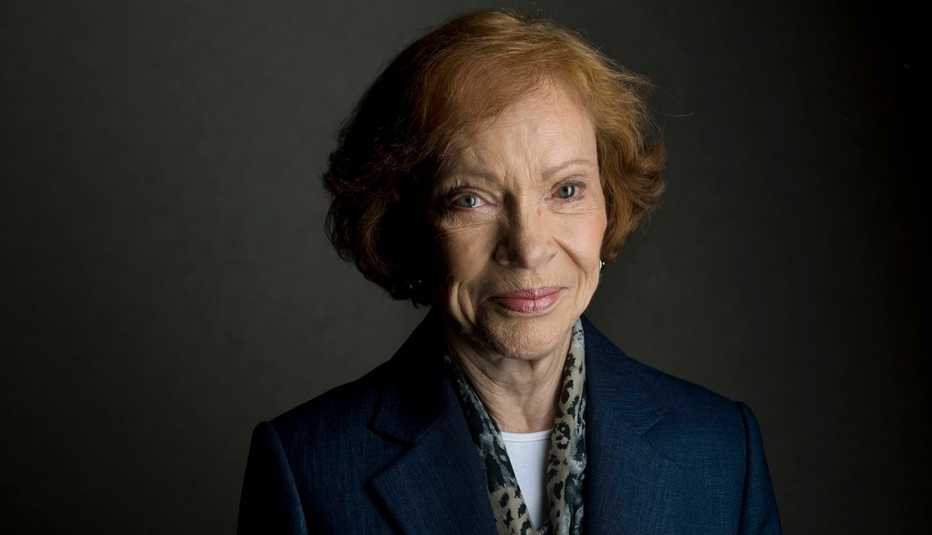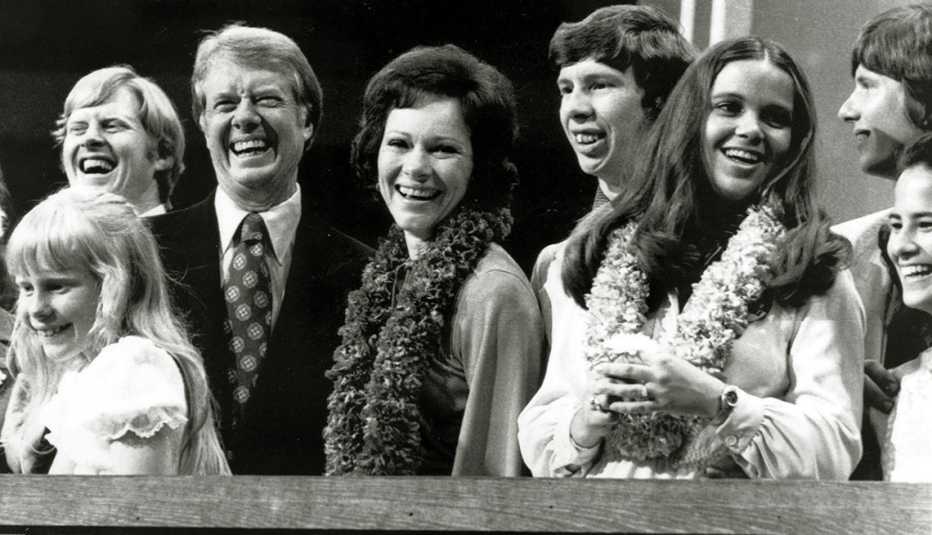AARP Hearing Center


They were a team and always had been. In marriage, in politics, in humanitarianism, Rosalynn Carter was an equal partner to her husband, Jimmy, the peanut farmer who rose to the White House in the late ‘70s and then went home to Georgia to do good works.
“The best thing I ever did was marrying Rosa,” the 39th president once said. “That’s the pinnacle of my life.” He called her his closest adviser.
The former first lady (1977-1981) died Sunday, Nov. 19 at age 96; her dementia diagnosis was first shared by the Carter family in May 2023. On November 17, the family announced that she was entering hospice care at home.
She will be buried in front of her home in Plains, Georgia, a flyspeck of a town 140 miles south of Atlanta, where she was born and spent almost all of her life.
Mrs. Carter was exceptionally involved in her husband’s policies. The first presidential spouse to have her own office and staff in the East Wing of the White House, she sat in on cabinet meetings and took notes at his invitation “so that when I traveled across the country ... and was questioned by the press and other individuals about all areas of government, I’d know what was going on.”
She also expanded the role of the president’s wife at a time when the country was wrestling with the expectations of women at home and in the workplace. Not everyone was pleased.
Mrs. Carter “was controversial for those who wanted a traditional personification of women as helpmates,” wrote Jeannette Cockroft, associate professor of history and political science at Schreiner University, “and she was also controversial for feminists who thought her redefinition of the role of first lady did not go far enough.”



































































More From AARP
A Conversation With Jimmy Carter
The 39th U.S. president and humanitarian talks about money and politics, race relations and marriage
The Influence of Music in Jimmy Carter's Life
'Jimmy Carter: Rock & Roll President' film looks at how the rhythms and musicians impacted him
Unique First Ladies Through History
A look back at some of the women who’ve called the White House home